by Raina, staff writer of japan-guide.com
|
|
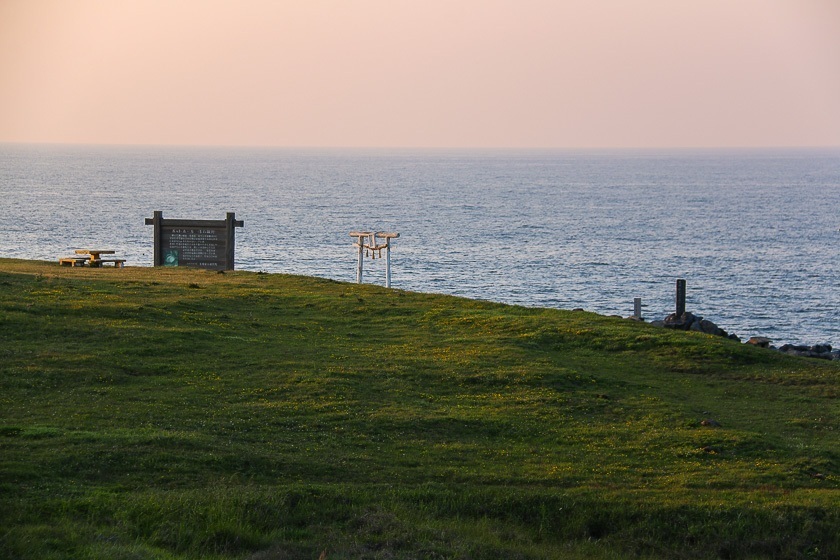
For those who want to delve deeper into untouched territories, this series is for you. Far Flung is a project that aims to bring you closer to places where time seems to pass at a much slower rate, preserving a lot of the lifestyle that may be long gone in the bigger cities. Very often, these remote and hard-to-reach places have an abundance of nature, making it an ideal destination for those who wish to escape the city.
One might easily forget that Japan is an island if you live on Honshu, the country's largest island. You could live so far inland that the trip to the sea or ocean can be quite a bit of a journey. Mountain lovers on the other hand, would find the country's interior almost like a vast playground as there are lots of mountain ranges of varying scales of difficulty to conquer. Smaller islands hold a special place in my heart, having lived on them all my life (though some bigger than others), where the water is never far off and there are also low mountains or hills to scale.
The two islands I visited, Ojika and Nozakijima ticked a lot of boxes on my list of everything to love about islands. Small populations, remote, beautiful beaches, easy to navigate, friendly locals, amazing sunrises and sunsets, a bit of hiking if i wanted to, check check and checked.
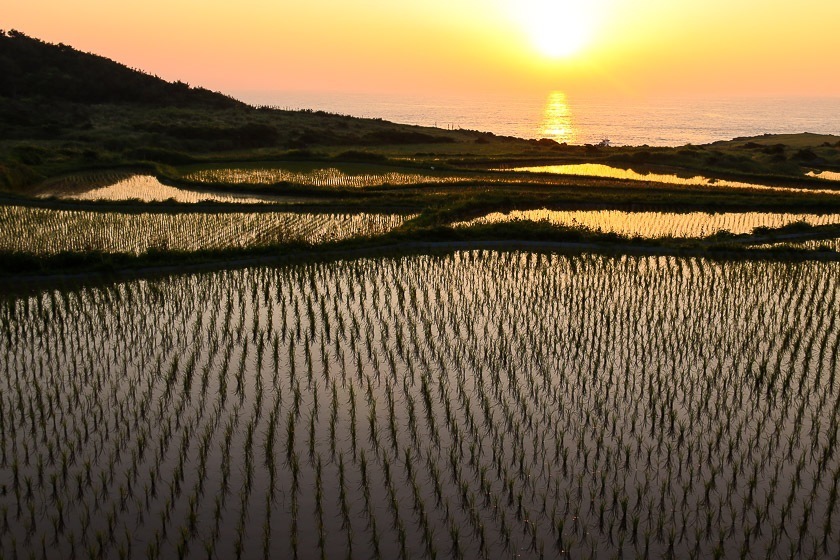
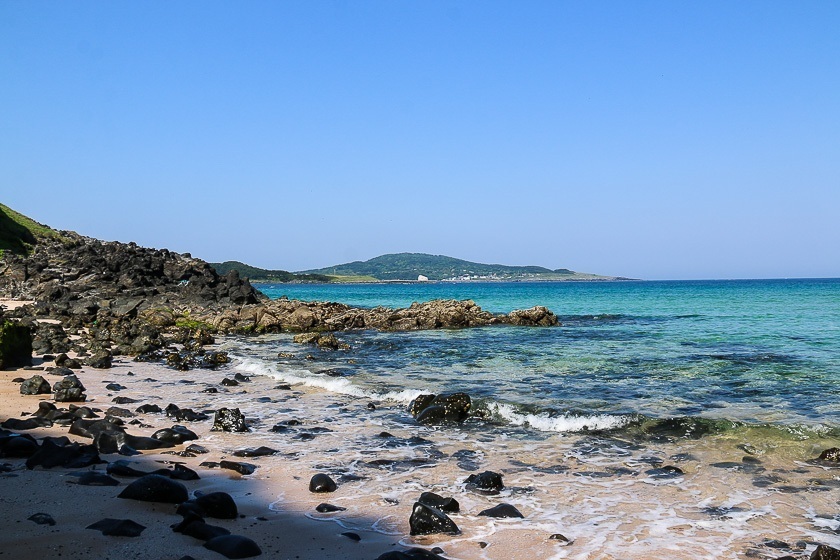
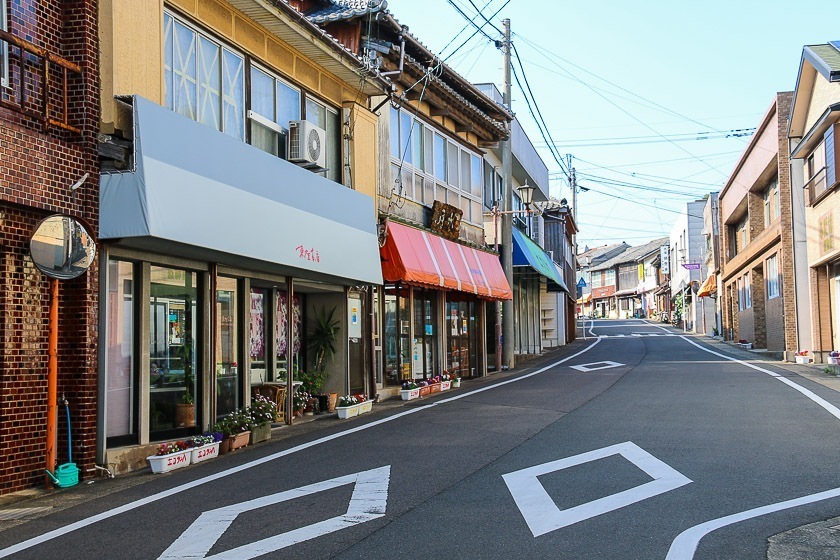
Ojika Island at the northern end of the Goto Islands in Nagasaki that has a population of just over 2500 people. The peaceful island can be reached by ferry from Fukuoka, Sasebo or Nagasaki. I found the Ojika Island Tourism website to be extremely useful when it came to planning and making bookings before the trip, and I would highly recommend their services. They pretty much handled all of my reservations that were required on the island. English email enquiries are also accepted and shouldn't be a problem as long as the vocabulary is simple and requests easy to understand.
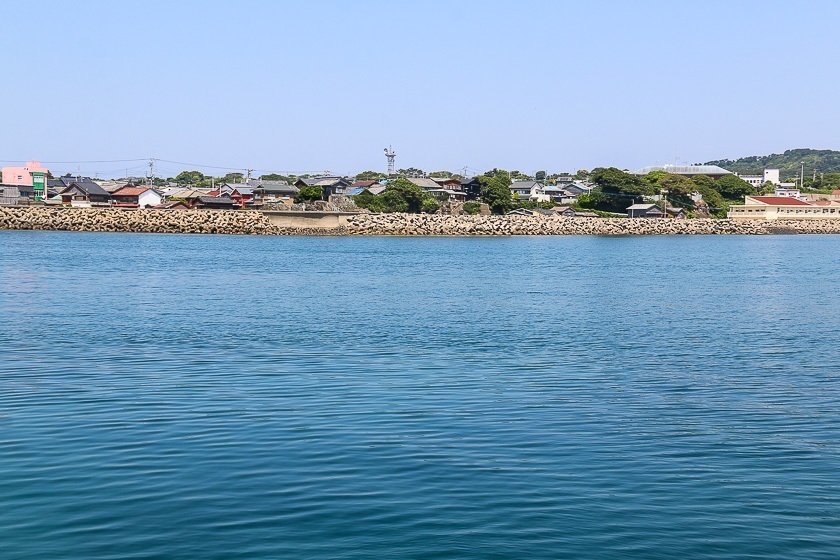
The island is not extremely large and the most convenient ways to navigate around the island as a tourist is by rental bicycle or car, which are available from the tourist counter at the ferry terminal. Walking is also an option but I doubt most people would want to spend most of their time walking between destinations. According to the Ojika Island Tourism staff, you could circle the island in a day on a bicycle. What I realised after was, it would definitely be more comfortable to navigate the island on an electric-assisted bicycle thanks to the numerous gentle but long slopes.
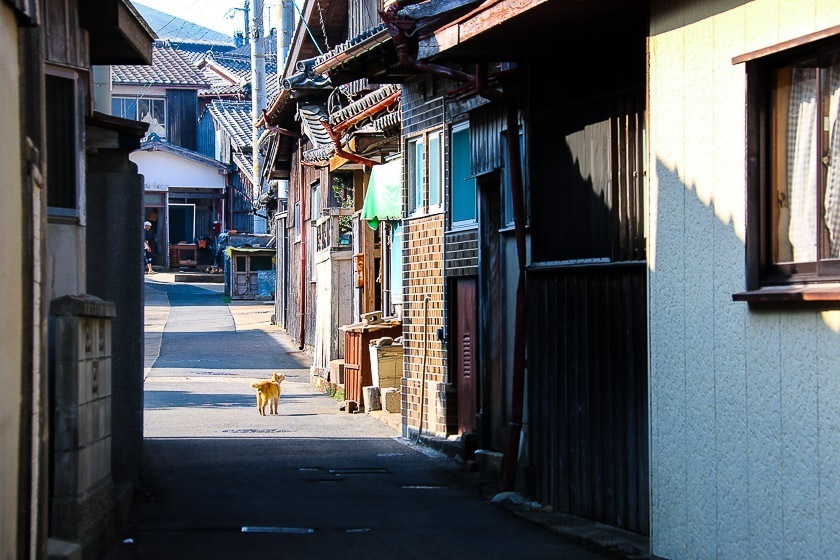
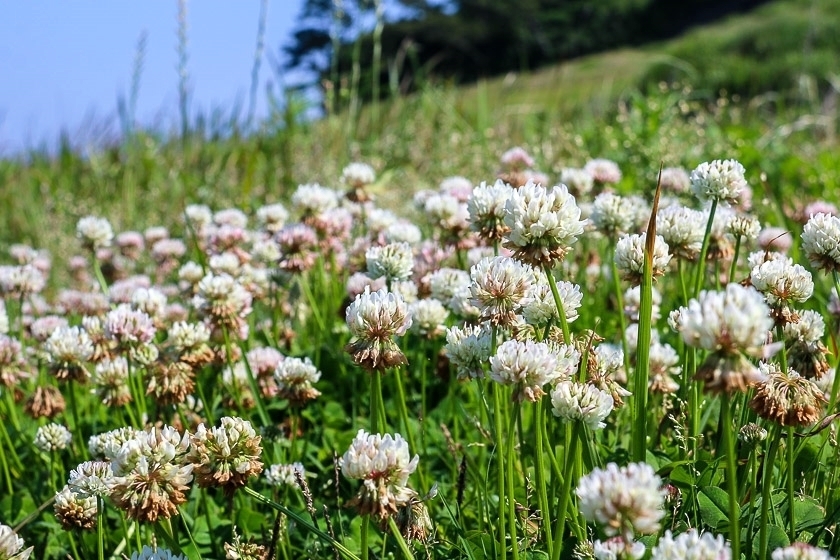
With my on-island transportation sorted out (I went with the basic bicycle option) and accomodation reserved before arrival, I was all set for my adventure on the remote island. I arrived at mid morning to good weather, picked up my bicycle assuring the staff that I was fit enough and fine with the slopes (which I quickly regretted my decision after my first long-ish uphill slope), and set off with my paper map to check out the attractions. I managed to visit a number of spots in the 24 hours I spent on the island.
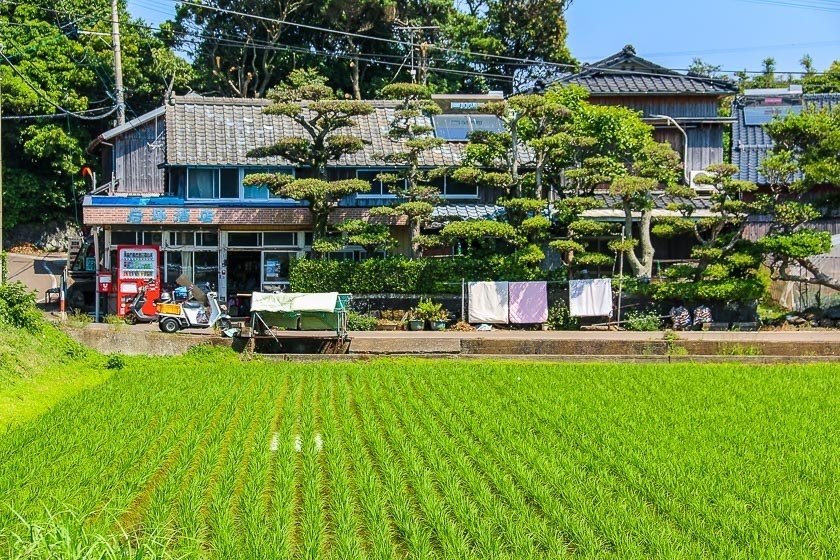
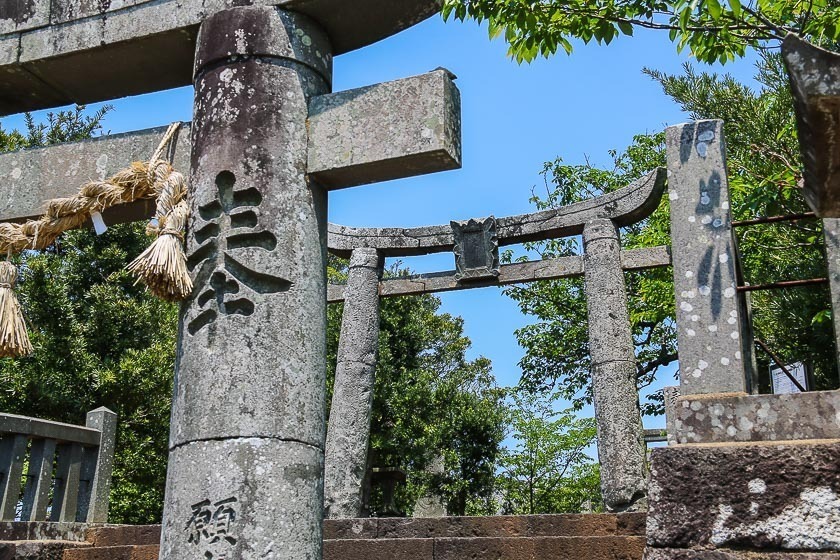
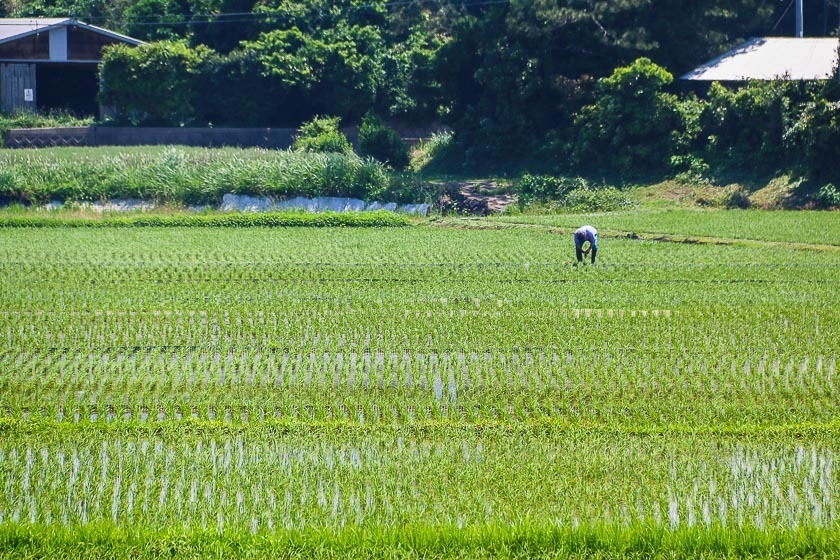
There aren't too many roads nor cars on the island, and the map provided by the tourist counter was sufficient. I usually got passed by cars and trucks on the road, but once or twice, I passed an elderly person on their electric mobility scooter and we would exchange smiles and greetings.
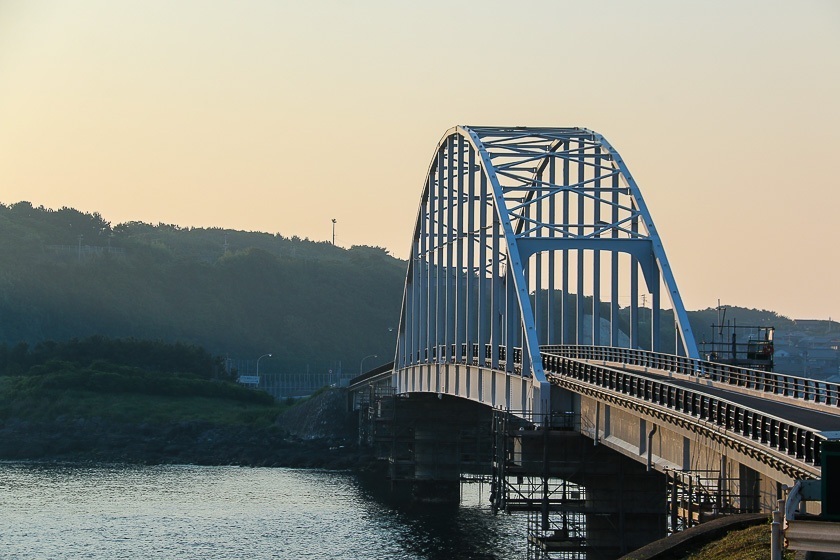
Despite the deceptive gentle slopes, I loved that everywhere was accessible by bicycle, meaning that things were never too far away. A potential drawback was that places to rest were far and few, so those on bicycles should be prepared with refreshments and be careful when stopping by the side of the road for a break.
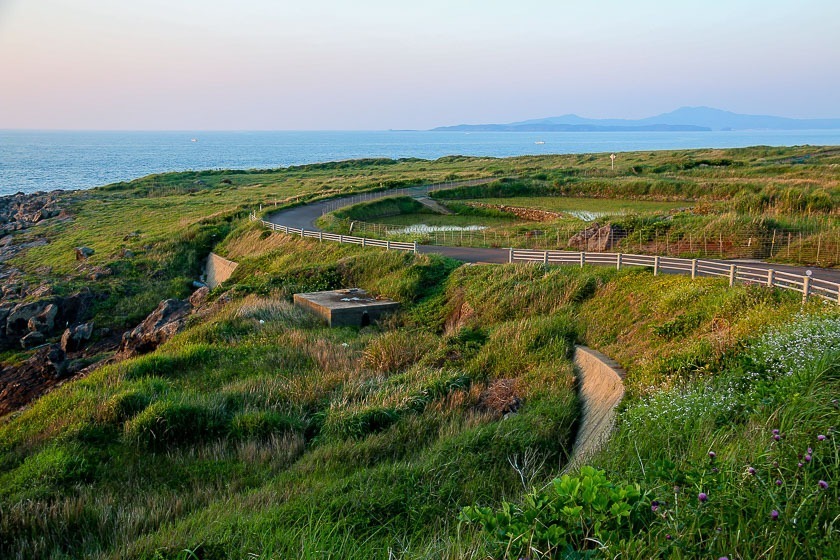
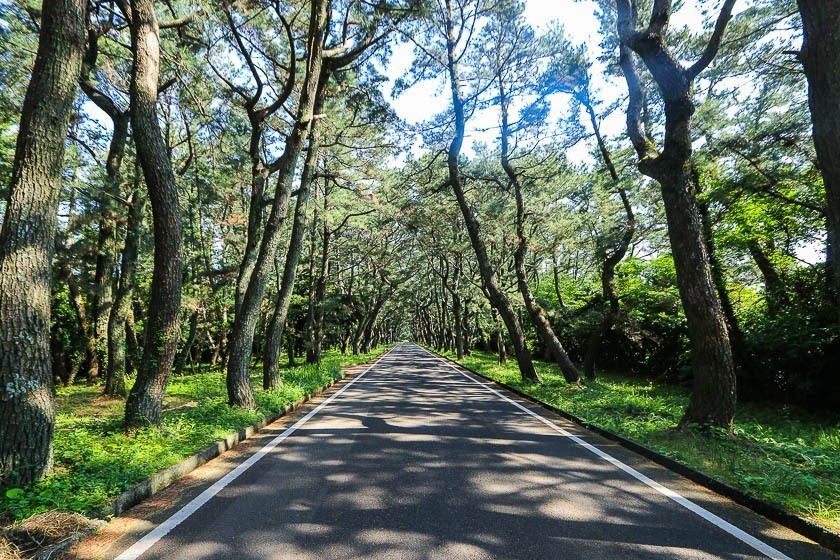
There are no tall buildings on Ojika, no elevators nor escalators, no automatic doors, no convenience stores, no shopping malls nor retail chains, and few street lights. But what they have is a multitude of farmland, empty beaches, friendly locals, one traffic light which amused me when I had to wait for the lights to change, and a general feeling of being thrown back into the past. Public beaches were almost like private beaches and the nicest ones were towards the northern end of the island. Those interested in geology will be pleased to see the various rock formations at some of the beaches
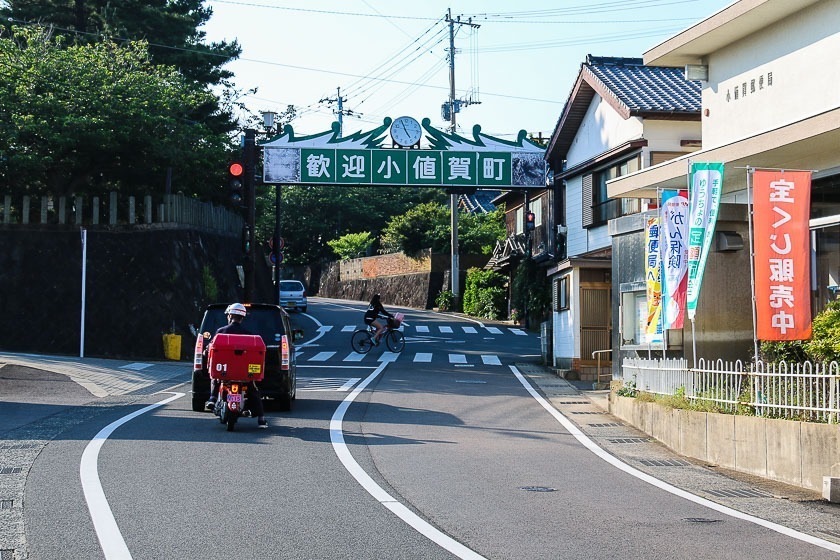
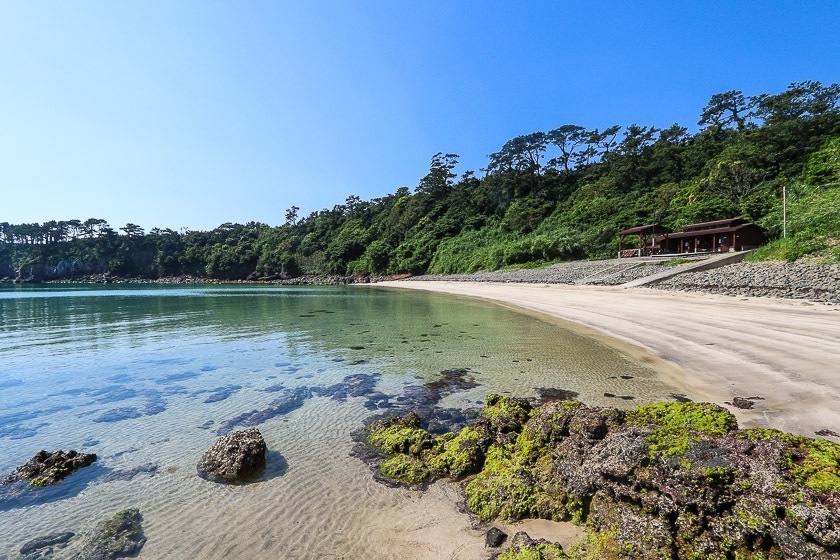
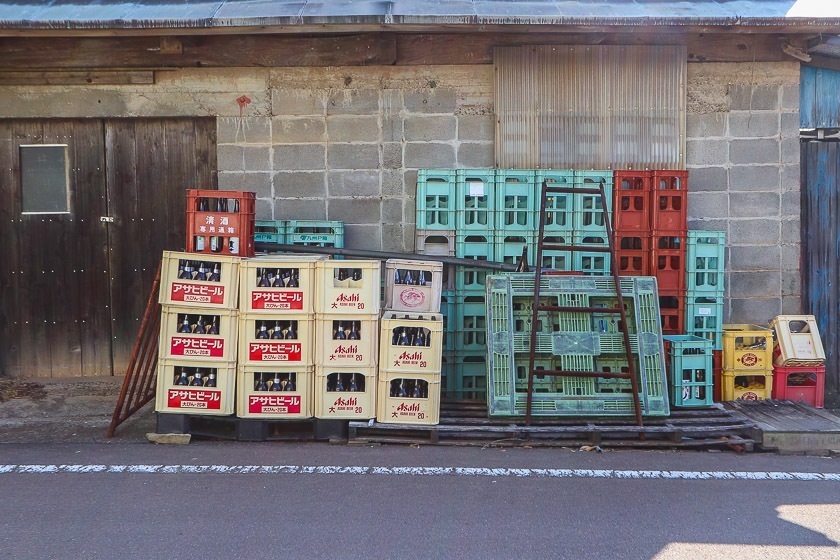
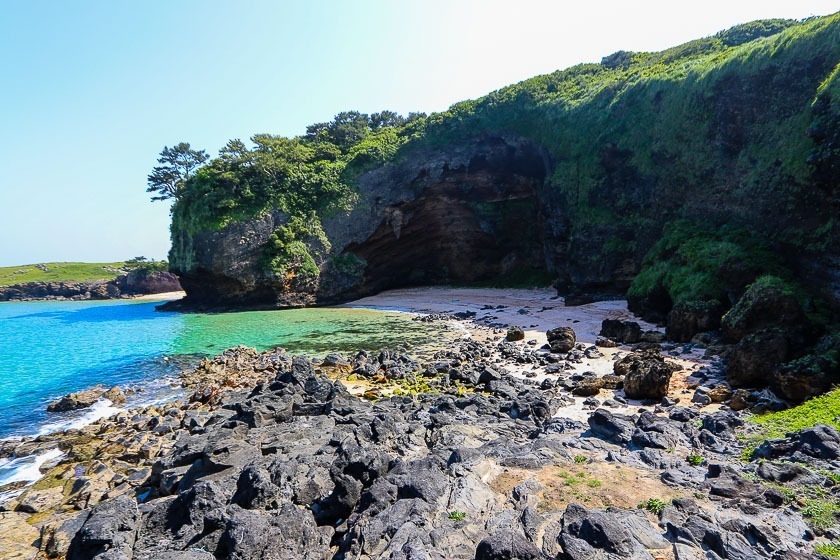
Old is gold on Ojika when it comes to population, buildings and most things in general. Many of the houses were at least 100 years old. I visited the local letterpress shop which was located in a home that was at least 200 years old and the business is now in the hands of the talented fifth generation (and who wasn't old but young!). She was very friendly and took time to explain what she did and about the skill in general. Letterpress ateliers are quite a rarity even in the big cities and it was extremely encouraging to see one thriving on such a remote island.
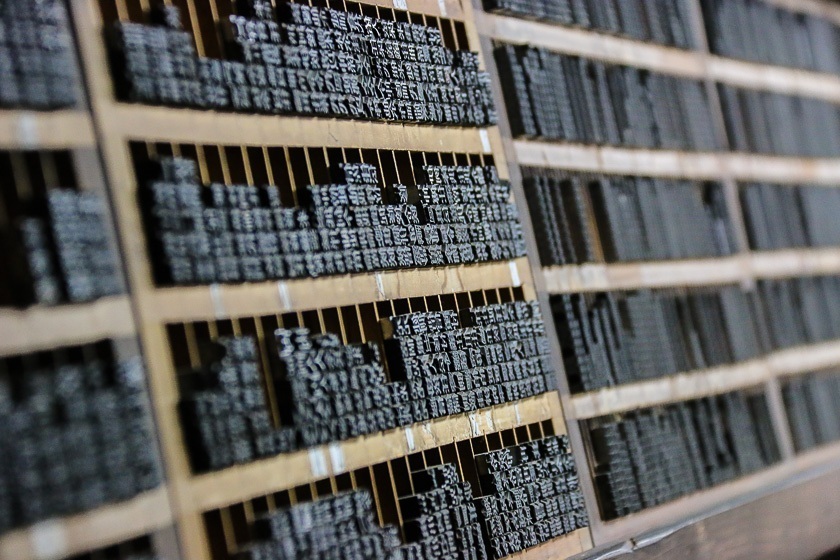
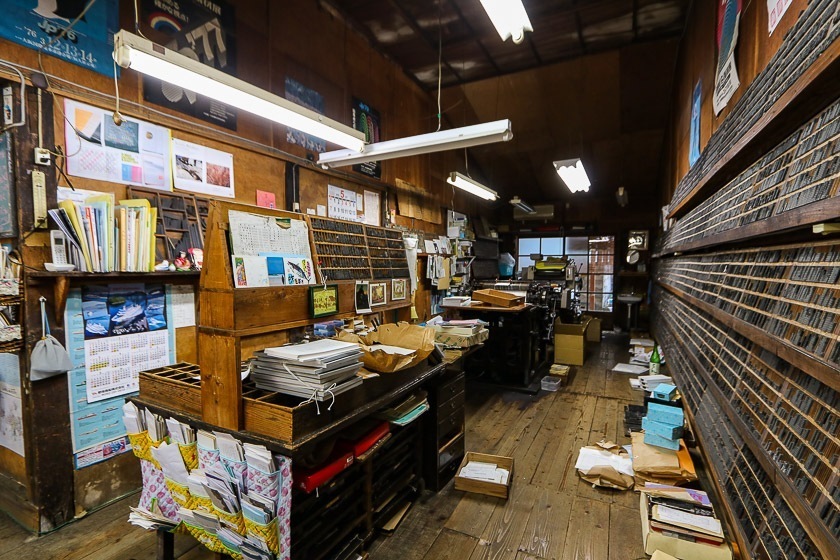
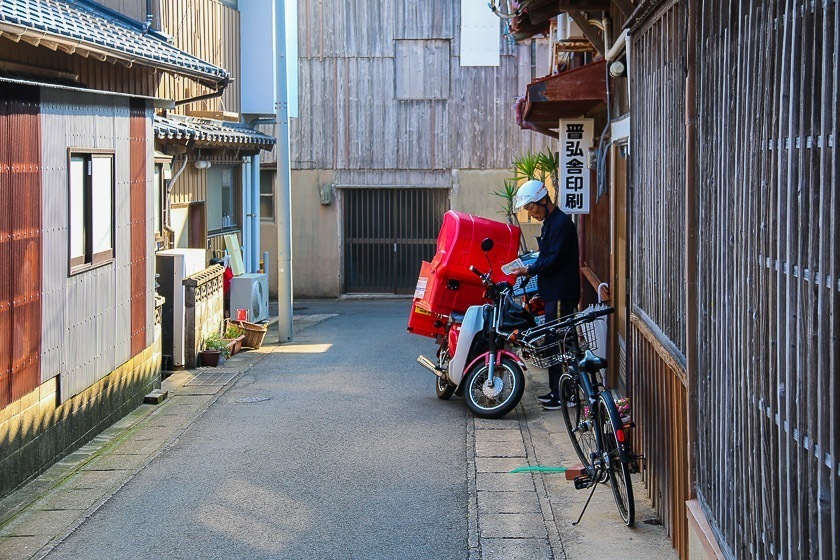
The kominka (an old Japanese-style home) I stayed at had a history of over a hundred years and was supposedly a samurai residence. The interior of the residence has been made modern while retaining a lot of its original style and outward appearance. Look no further if staying at bland hotels wear you out, a kominka carries the tradition of yesteryear's construction and will always be one of my top choices for accomodation.
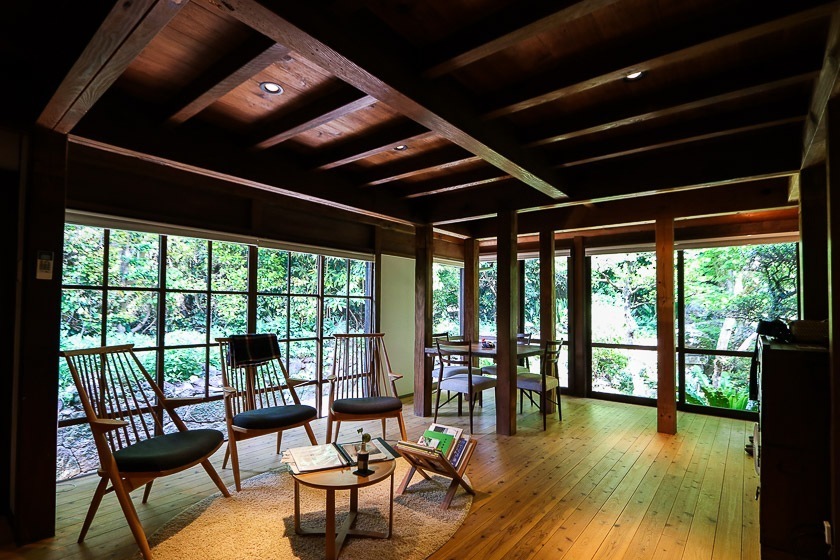
Being on a remote island with a small population, it felt like I was in a large community where everyone looked out for one another. Like it or hate it, one of the questions visitors will always get would be "Where you are from?" and it doesn't matter if you are an international visitor or a Japanese national, as everyone who is not from the island is from somewhere else. The locals are also happy to provide assistance should you require it. One of my favourite moments on Ojika was passing a long line of students on their way to school (I was on the only road that leads to the schools) and having choruses of "ohayo gozaimasu" said to me, and I returning the greeting.
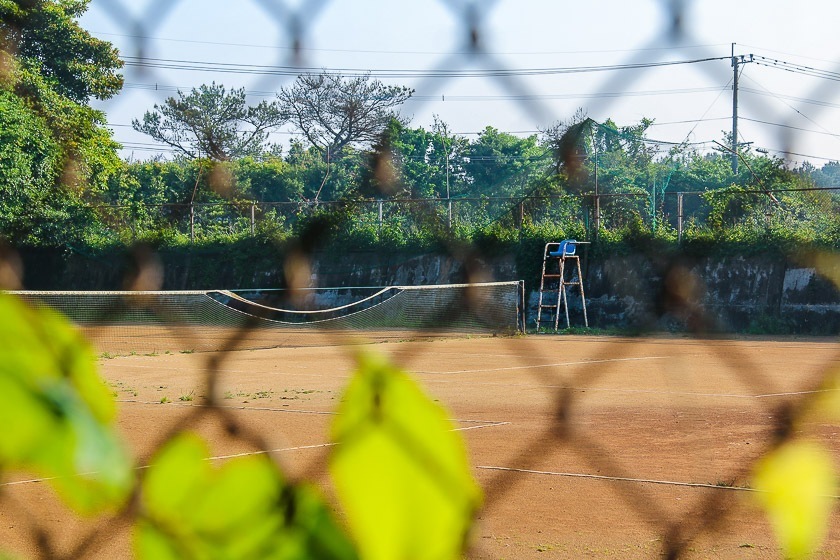
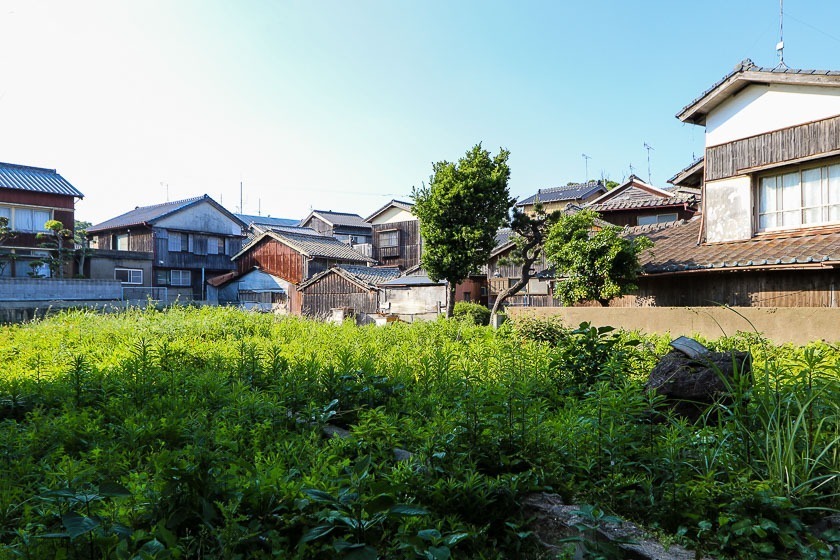
Food was one of the things I was a little unsure about on the island. Were there places open? How hard was it going to be entering a local diner? But one thing I knew for sure was that most of the ingredients definitely came from the nearby fields or fresh from the sea. This added more meaning to the phrase "itadakimasu" which expresses gratitude and appreciation to the food and people or things involved in its growth and preparation for your nourishment. I decided to cook one of my meals with ingredients bought at the local store and visit a restaurant in the time I spent on Ojika.
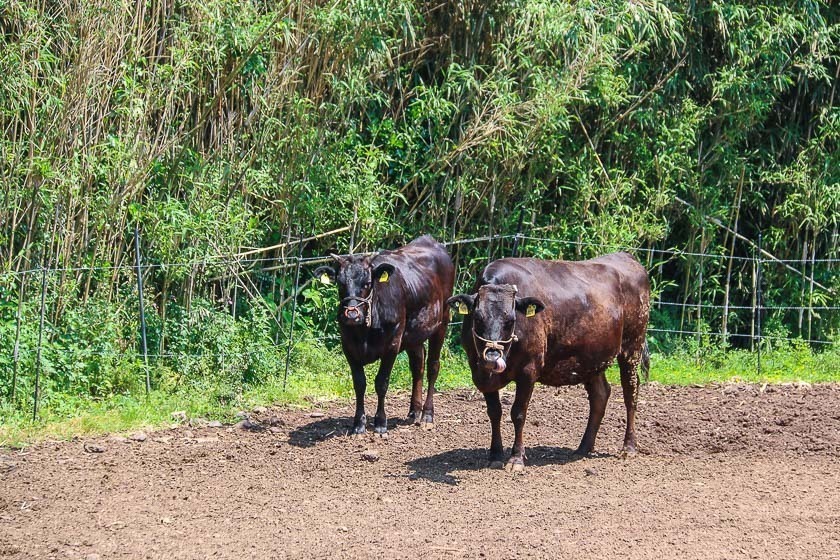
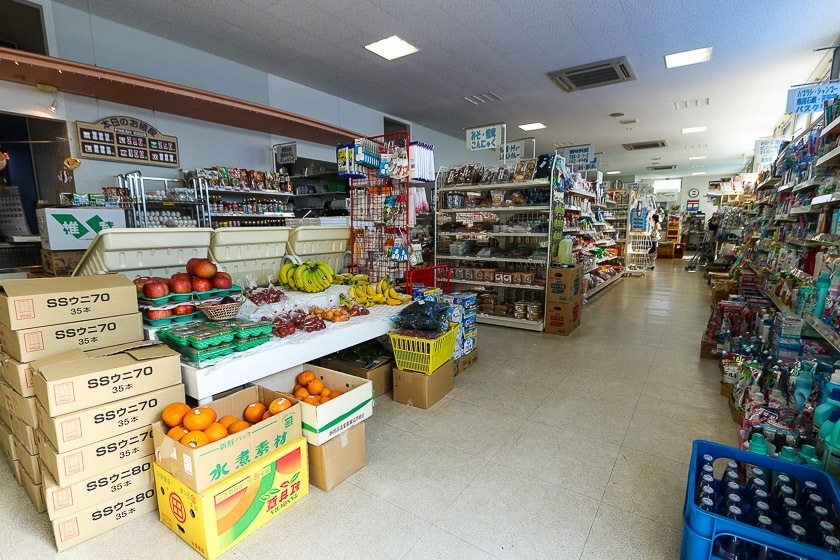
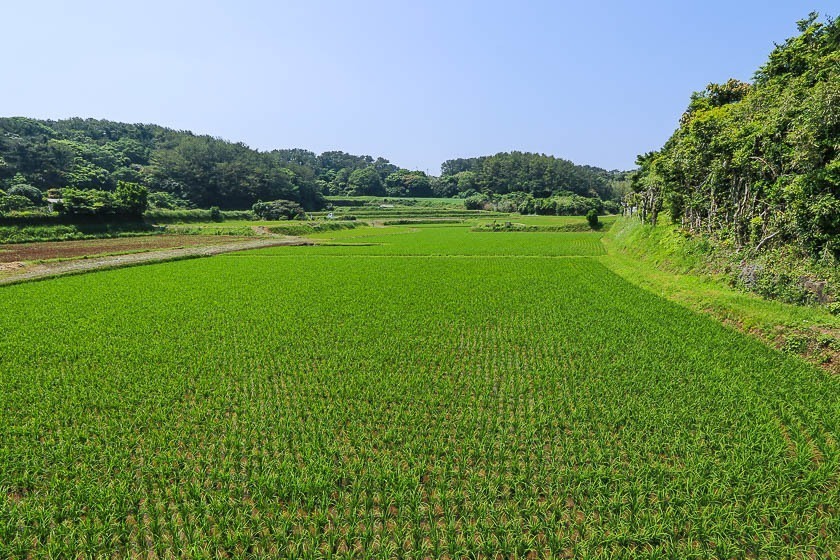
I visited Fujimatsu, Ojika's leading restaurant, which used to the residence of the Fujimatsu family who were brewers and whale hunters. With a history of over 150 years, the converted kominka-now-restaurant now offers a lunch course featuring all local ingredients from the nearby fields and fresh catch from the sea. As the ingredients are brought in fresh, the restaurant is only open for lunch and reservations must be made at least two days before.
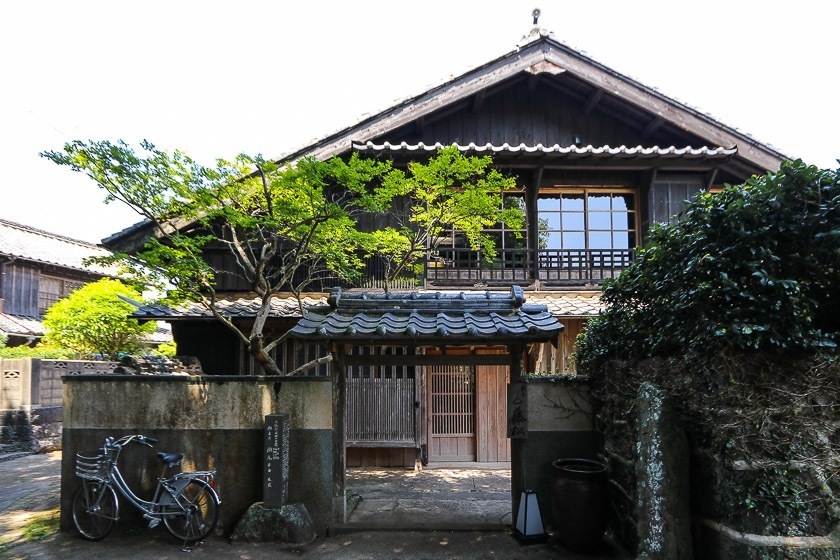
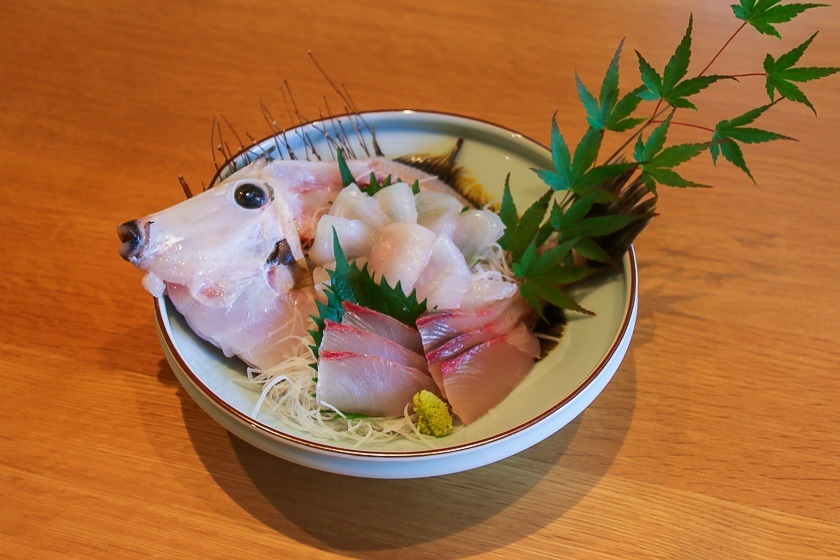
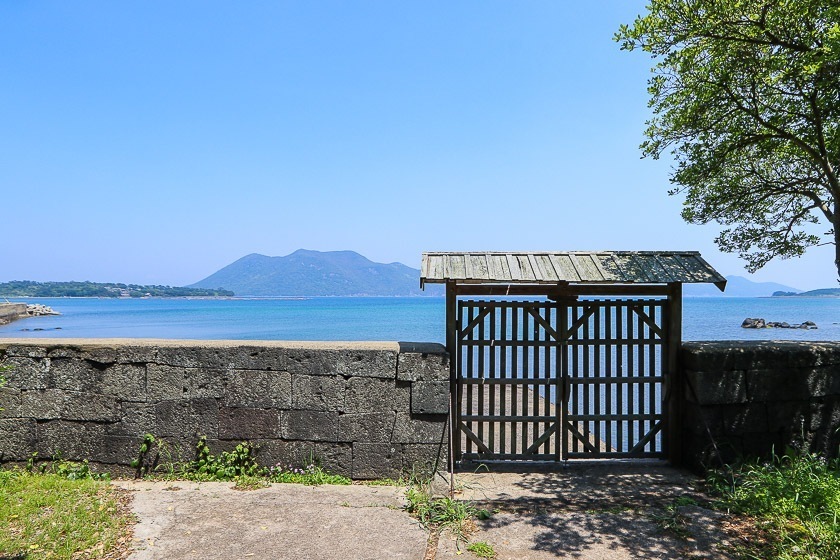
Overall, I found Ojika Island to be a place where I could kick back, relax and enjoy being in a countryside small town. The island is not as backward as one may expect. There are vending machines and a handful of local shops scattered around Ojika, away from the main shopping street. Mobile signal may be patchy at times but not an issue if you are on the Docomo network.
The stark difference of our choice of lifestyles hit me as well, where some thrive in the quiet countryside, others find energy in the bustling city. That perhaps, it might be easier for city dwellers to come here for a quiet weekend getaway than for an islander to be thrown into the busy city.
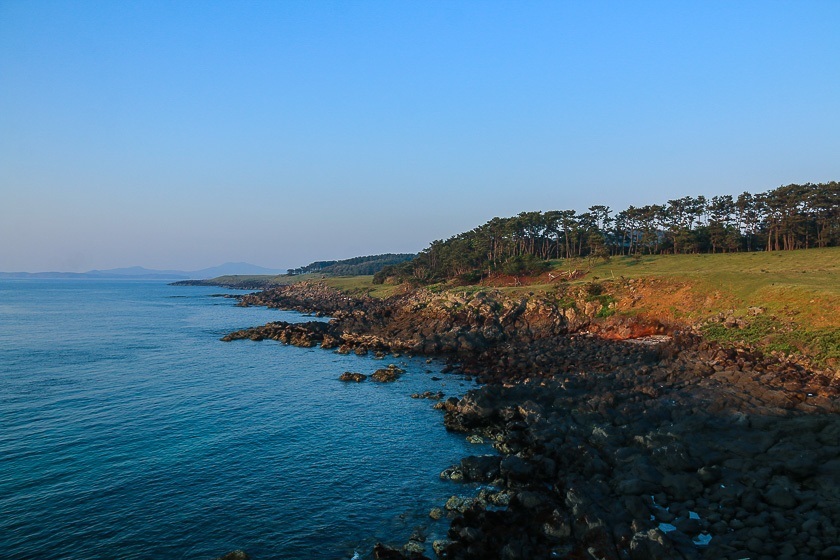
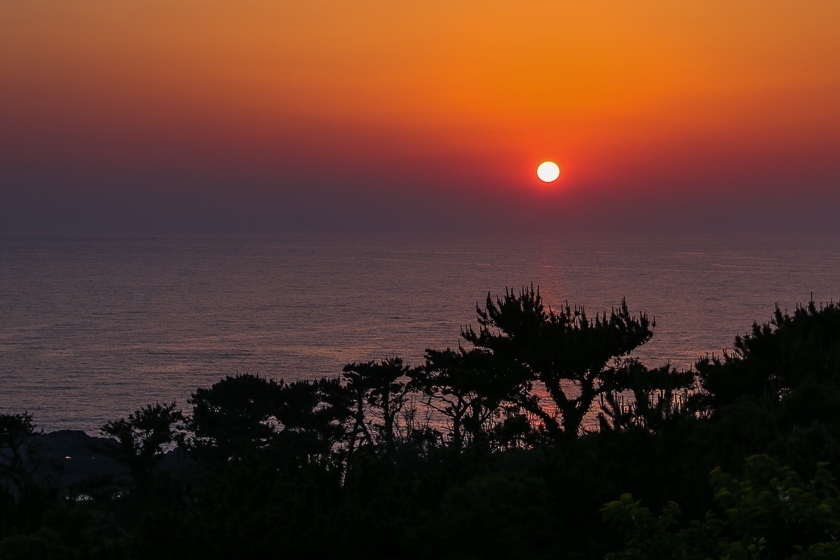
Get There
Ojika Island can be reached by ferry from either Sasebo or Fukuoka on the main island of Kyushu. There are more ferries from Sasebo compared to Fukuoka, and the fast ferry makes the journey from Sasebo to Ojika in about 1.5 hours. Note that reservations for the ferry have to be made at least a day in advance. Tickets are available from the ferry ticket counter or the ferry operator's website online (Japanese only).
|
|